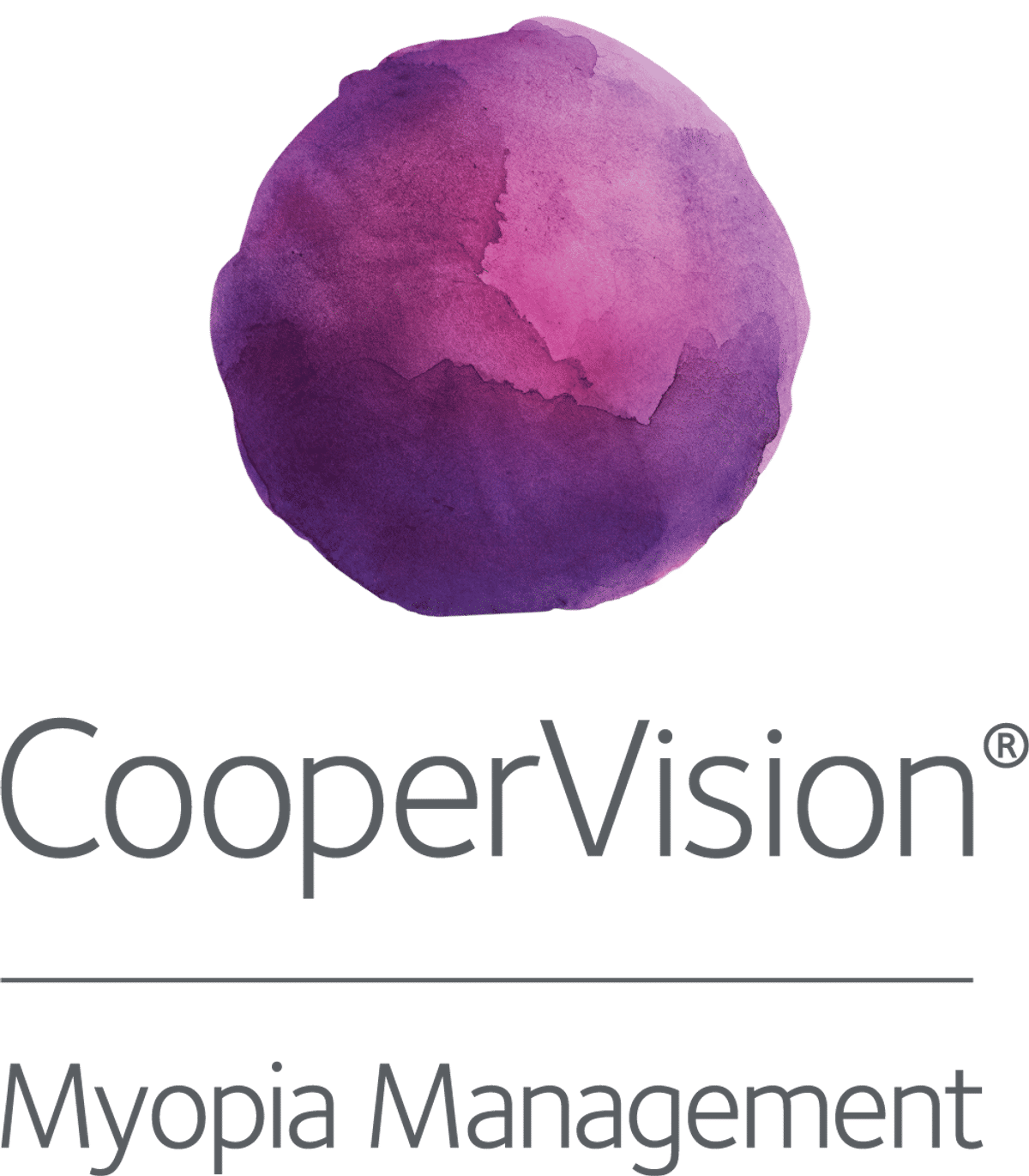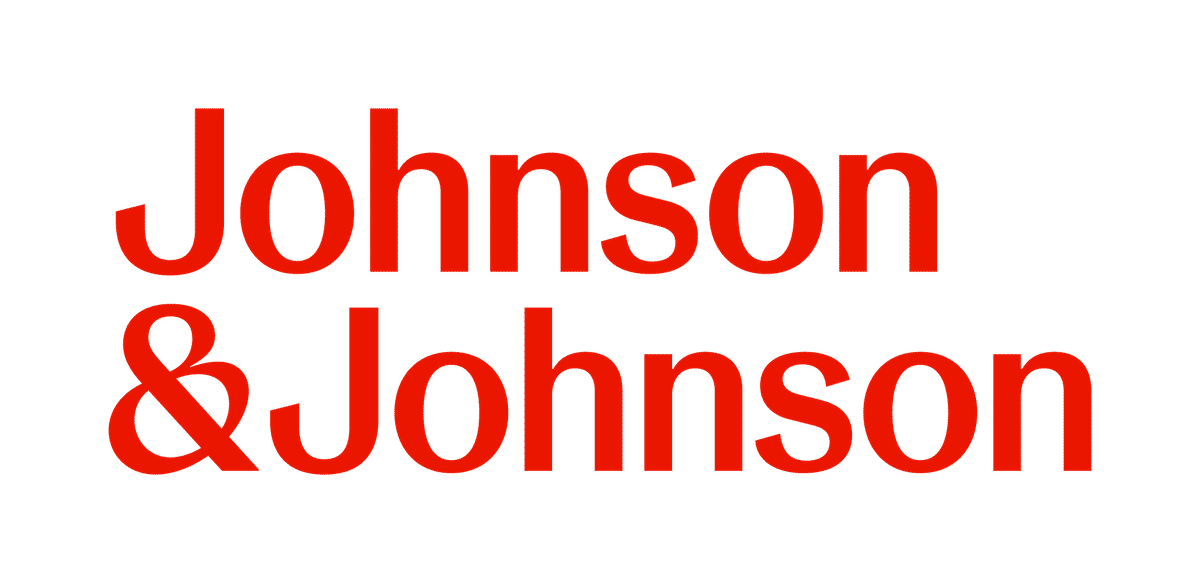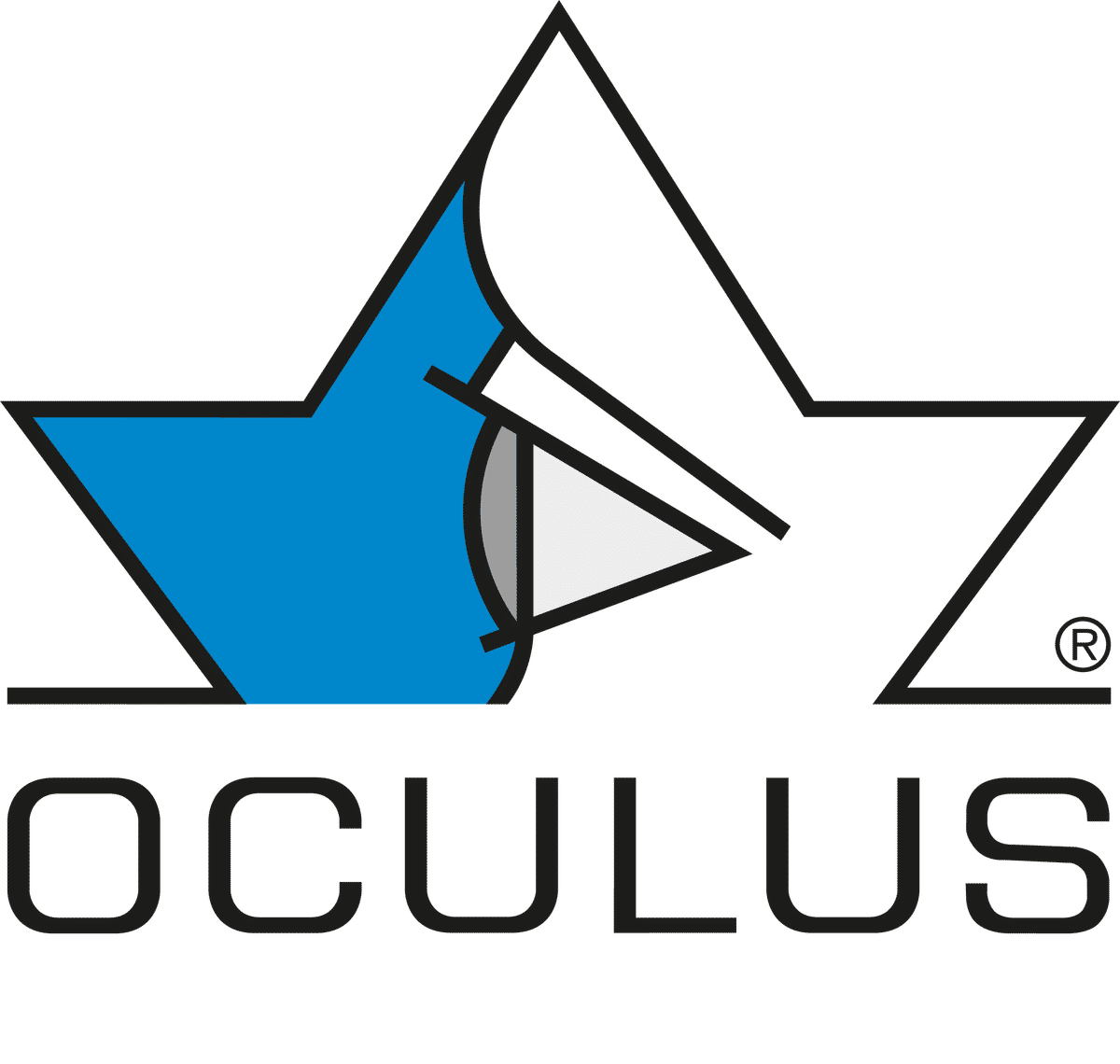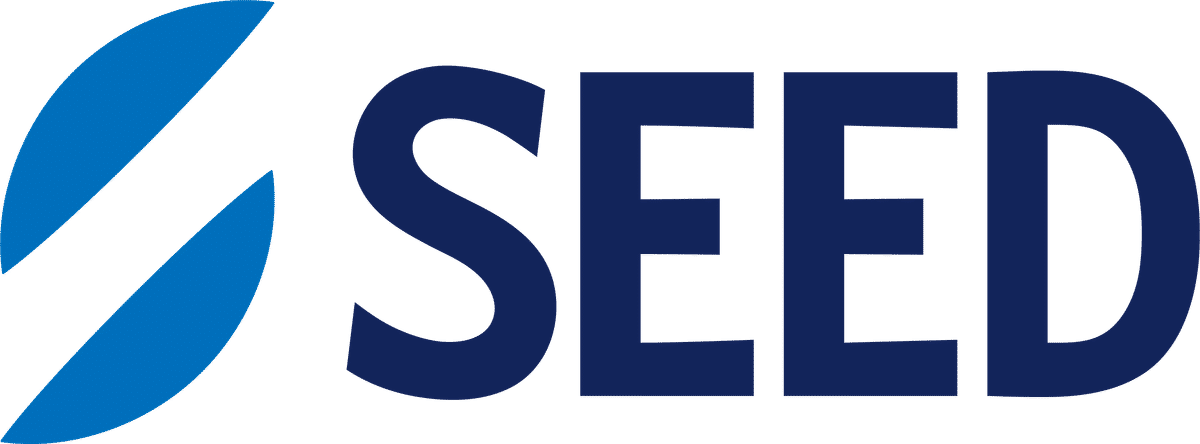Science
A real-world comparison: ortho-k v. myopia control spectacles

In this article:
This real-world study found similar outcomes between the effectiveness of orthokeratology lenses (Euclid and CRT) and myopia control spectacles (Stellest and MiYOSMART) in Chinese children, over 1 year of treatment. The average axial length change ranged from 0.18 to 0.20mm across all groups, supporting the viability of either intervention in clinical practice
Paper title: Effectiveness of Orthokeratology and Myopia Control Spectacles in a Real-World Setting in China
Authors: Yang B (1,2), Liu L (1,2), Cho P (1,2)
- Department of Optometry and Vision Sciences, West China School of Medicine, Sichuan University, Chengdu, China
- Laboratory of Optometry and Vision Sciences, West China School of Medicine, Sichuan University, Chengdu, China
Date: Published online April 11, 2024
Reference: Yang B, Liu L, Cho P. Effectiveness of orthokeratology and myopia control spectacles in a real-world setting in China. Cont Lens Anterior Eye. 2024 Jun;47(3):102167.
Summary
Orthokeratology (ortho-K) and myopia control spectacle lenses (MCS) are two of the most popular optical interventions for myopia control in mainland China. Conversely, other modalities face regulatory barriers (atropine) or slower uptake (myopia control soft contact lenses). While there is robust evidence showing the effectiveness of ortho-K and MCS in slowing myopia progression, real-world studies where different optical interventions are compared, are relatively limited
This retrospective study aimed to evaluate and compare the one-year efficacy of two most commonly prescribed ortho-k and MCS brands in children attending the West China Hospital.
Records from 212 myopic children (-0.75D to -5.00D) aged 7-14 years were included and the cohort was grouped according to the treatment type: Euclid (OK1), CRT (OK2), Stellest (MCS1), and DIMS (MCS2), with 53 in each group. Axial length (AL) was measured for all groups, whereas spherical equivalent error (SER) progression was only measured for the MCS groups.
Key findings were as follows
- The average axial elongation over 1 year was similar across all four groups (OK1 0.19mm, OK2 0.18mm, MCS1 0.19mm, MCS2 0.20mm)
- Age was the only factor significantly associated with AE and SER increase, with younger children experiencing more axial elongation and myopic SER progression
- Aside from a small number of cases of mild corneal staining in the ortho-K groups, no adverse events were reported over the duration of the study
What does this mean for my practice?
These findings demonstrate that both ortho-k and MCS provide similarly effective control of myopia progression over 1 year. Importantly, these results were achieved despite the variations in baseline age and refractive error among treatment groups, mirroring the diversity seen in clinical practice. This provides reassurance that in real-world clinical scenarios, all four options (Euclid and CRT, Stellest and MiYOSMART) can be recommended for the treatment of progressive myopia in children.
When several effective options are available, practitioners can exercise flexibility in terms of adopting an individualised treatment approach. Deciding between ortho-K or MCS can therefore be tailored according to individual patient needs, preferences, lifestyle, and parental priorities.
There are specific advantages and disadvantages to ortho-K and MCS which practitioners must weigh up. Ortho-K may offer lifestyle benefits such as freedom, convenience and cosmesis – but requires strict compliance with hygiene protocols.1 MCS provide a non-invasive, lower-risk compliance and more easily accepted by patients and parents. 2 Adding to these nuances, regional variations may affect prescribing practices, such as ortho-K being prescribed for older children at West Chona hospital.3
What do we still need to learn?
While this study provides valuable real-world insights into myopia control using ortho-k and myopia control spectacles, there were a small number of limitations present.
The lack of a single vision spectacle control group limits direct comparison with untreated progression, though the exclusion is justified because it may be considered unethical to do so. To this end, the authors used the control group of the ROMIO study (with similar 1-year AL efficacy and participants of the same ethnicity) as a historical control.4 Future studies may consider overcoming these challenges with virtual or modelled controls.
Furthermore, factors such as compliance, quality of vision, quality of life, and safety-which can all influence real-world effectiveness, were not directly assessed in this study. Future studies should consider a longer study term, incorporating patient-reported outcomes and adherence measures, and compare different optical treatments across other ethnicities. Additionally, studies that stratify outcomes more finely by age groups, and baseline refractive errors may help to refine patient selection criteria for different myopia control modalities.
Abstract
Title: Effectiveness of orthokeratology and myopia control spectacles in a real-world setting in China
Authors: Bi Yang, Longqian Liu, Pauline Cho
Objective: To compare the effectiveness of myopia control in Chinese children, who had been wearing either orthokeratology (ortho-k) lenses or myopia control spectacles (MCS) for one year.
Methods: Relevant data were retrieved from 212 patients, with baseline myopia of -5.00 to -0.75 D, astigmatism ≤ 1.50 D, who had been undergoing myopia control treatment with either ortho-k (Euclid (OK1) or CRT (OK2)) or MCS (Stellest (MCS1) or DIMS (MCS2)) for at least one year. Myopia control effectiveness among the four groups was compared based on the change in spherical equivalent refraction (SER) (for the spectacle groups) and axial length (AL) (for all groups). Data retrieved, from the right eye only, included best corrected visual acuity (BCVA), SER, and AL at both the initial clinic visit (baseline) and the one-year visit was analysed.
Results: Although no significant differences in gender, cylindrical power, or BCVA were observed at the baseline visit (P > 0.05), there were significant differences in baseline age, myopia, and AL among the four groups (P < 0.05). No significant difference in axial elongation (AE) was found among the four groups after one year of treatment (P = 0.49). AE, adjusted for baseline age and spherical power, were 0.19 ± 0.15, 0.18 ± 0.14, 0.19 ± 0.19, 0.20 ± 0.18 mm for OK1, OK2, MCS1, MCS2, respectively. Only age was a significantly factor associated with AE and SER increase (P < 0.05), with negative associations between AE and age in all groups and positive association between SER increase and baseline age in the spectacle groups observed
Conclusions: Both brands of ortho-k lenses and MCS had similar myopia control effectiveness for mild to moderate myopic children treated in a real-world setting in China. Average AE in one year ranged from 0.18 to 0.20 mm, comparable to previous reports on myopia control using ortho-k.
Meet the Authors:
About Ailsa Lane
Ailsa Lane is a contact lens optician based in Kent, England. She is currently completing her Advanced Diploma In Contact Lens Practice with Honours, which has ignited her interest and skills in understanding scientific research and finding its translations to clinical practice.
Read Ailsa's work in the SCIENCE domain of MyopiaProfile.com.
References
- Yang B, Ma X, Liu L, Cho P. Vision-related quality of life of Chinese children
undergoing orthokeratology treatment compared to single vision spectacles. Cont
Lens Anterior Eye. 2021 Aug;44(4):101350 - Sankaridurg P, Donovan L, Varnas S, Ho A, Chen X, Martinez A, et al. Spectacle
lenses designed to reduce progression of myopia: 12-month results. Optom Vis Sci.
2010 Sep;87(9):631–41 - Yang B, Liu L, Cho P. Effectiveness of orthokeratology and myopia control spectacles
in a real-world setting in China. Cont Lens Anterior Eye. 2024 Jun;47(3):102167 - Cho P, Cheung SW. Retardation of myopia in Orthokeratology (ROMIO) study: a 2-
year randomized clinical trial. Invest Ophthalmol Vis Sci. 2012 Oct 11;53(11):7077–
85.
Enormous thanks to our visionary sponsors
Myopia Profile’s growth into a world leading platform has been made possible through the support of our visionary sponsors, who share our mission to improve children’s vision care worldwide. Click on their logos to learn about how these companies are innovating and developing resources with us to support you in managing your patients with myopia.












